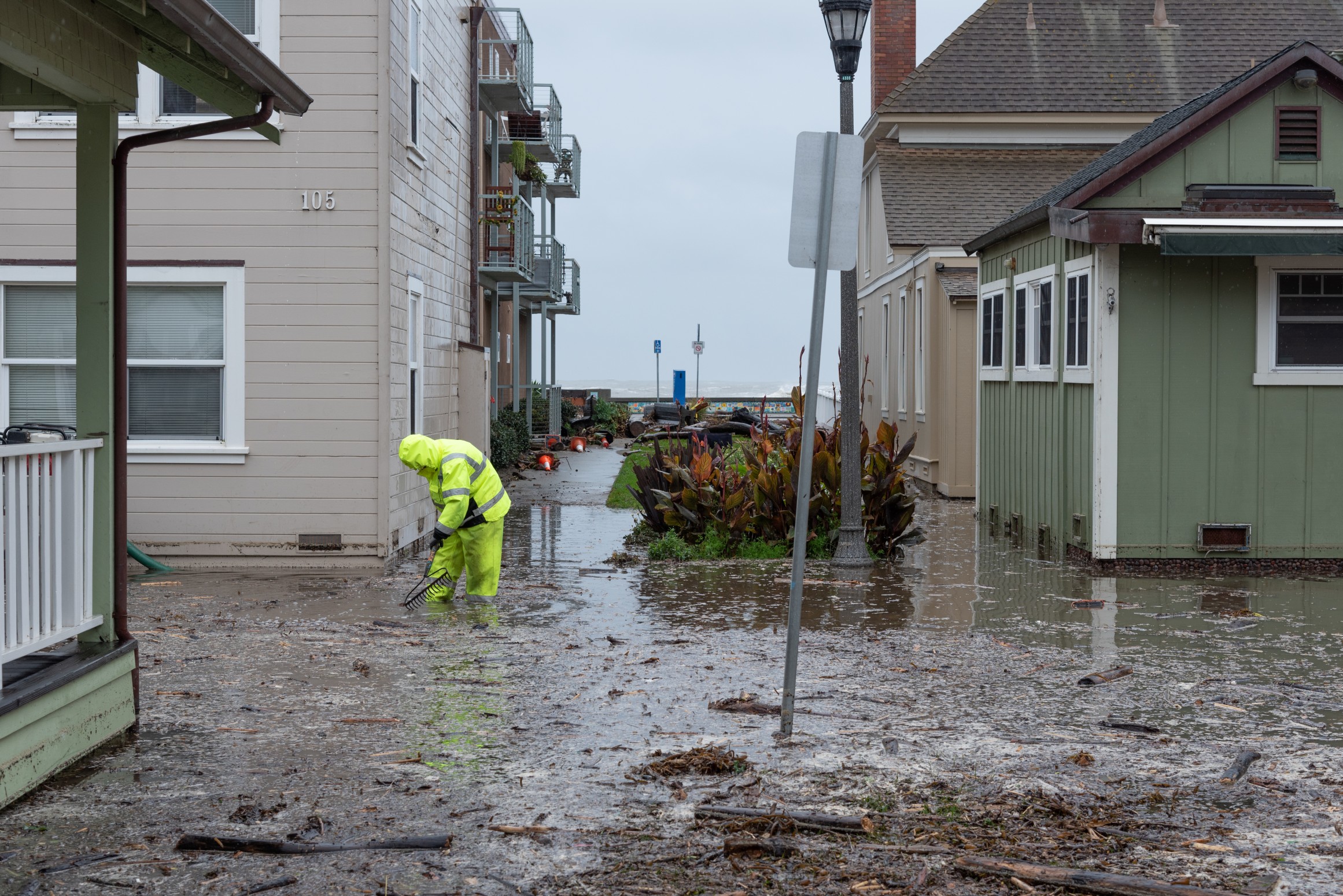
Heavy Rain, Flooding, and Chance of Severe Weather Staring Down the Southern U.S.
January 22, 2024
Posted: January 28, 2023 12:58 pm





One of the silver linings of the constant moisture that fell on the state of California over the last month is that it has undoubtedly helped the ongoing drought conditions for this part of the country. But has it been enough to move the needle in a meaningful way when it comes to the drought crisis? Experts are now weighing in on how much relief to expect out of this train of storms.
While it was the heavy rain that got most people’s attention in the Golden State, it is actually the snow across the Sierra Nevada that will lead to the most benefits when it comes to the drought. Snowpack levels are now at over 200% of normal for some parts of the higher terrains with many areas seeing snowfall accumulations that are already measuring what the region normally sees through April 1.
Despite the immense moisture as of late, almost 60% of the West is under some level of drought destination. While the rain and snow is certainly promising news, a long period of dry conditions and warm temperature could quickly erase the gains that have been made. As such, climatologists are only cautiously optimistic that the prolonged period of moisture will make a meaningful dent in the overall drought.
According to the California Department of Water Resources, the Sierra Nevada snowpack contributes about 30% of California’s water supply in a normal year. This is good news as the mountain range acts as a natural water reservoir, building up the supply through the winter before melting into the area rivers and lakes when the temperatures start to rise. However, warming temperatures that happen too early in the spring season can spell trouble for the hot summer ahead.
According to the latest numbers from the U.S. Drought Monitor, the recent storms have gone a long way in helping to fill up the area’s major reservoirs. This is good news for those worried about the drought. Just two weeks ago, almost seven million people in the state lived in areas deemed to be in an extreme drought, the second-highest destination of drought levels. This number has been completely erased.
However, experts are quick to remind Californians that it just takes one or two spells of prolonged dry weather to climb back up on the drought designation chart. For instance, while some of the state’s smaller reservoirs are measuring water levels that are back to normal, some of the largest bodies of water are still running below average. This includes the critically important reservoirs of Lake Oroville and Shasta Lake.
Three weeks of extreme precipitation can only do so much to relieve years of drought. What concerns many climate experts is that some of these storm systems are trending warmer in recent years. This means that rather than snow being dumped on the higher terrains, the precipitation is falling as rain.
The Colorado River is also drying up in recent years. This basin delivers water to approximately 40 million people spread out across states such as Colorado, Wyoming, and Utah. With less water flowing into the river from the higher terrains, this is also translating to historically low water levels in both Lake Mead and Lake Powell, two crucial reservoirs for the West Coast. These record low water levels are so alarming that local officials have made mandatory water cuts to many states in the region.
While some areas of the Colorado River Basin are experiencing snowpack levels above normal for this time of the year, the deficit has been so great recently that it will take more than just a few powerful storms to erase the damage. Even though the snowpack levels that feed into the Colorado River are exceedingly high, it will not be sufficient to fill up Lake Mead again.
Experts are also worried that the atmosphere will pull this moisture back out of the ground at higher rates than usual once the conditions begin to dry out again. This is a natural effect of global warming, a cycle that can be difficult to break even during times of above average moisture.
Did you find this content useful? Feel free to bookmark or to post to your timeline for reference later.

January 21, 2024

January 19, 2024

January 18, 2024